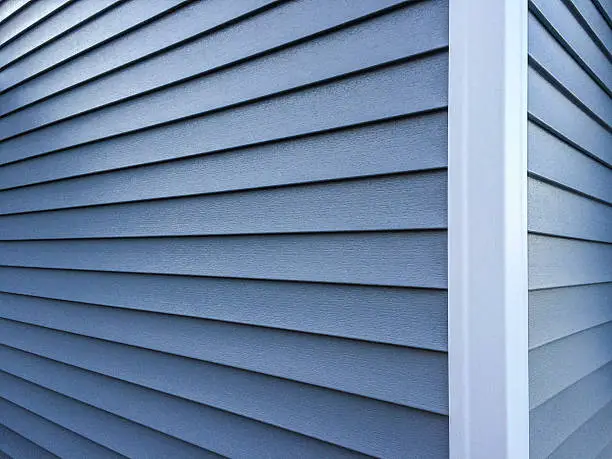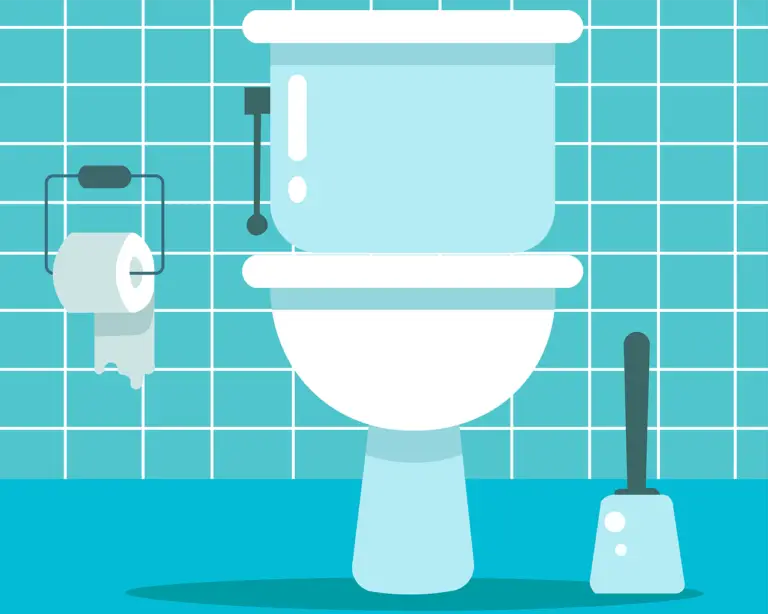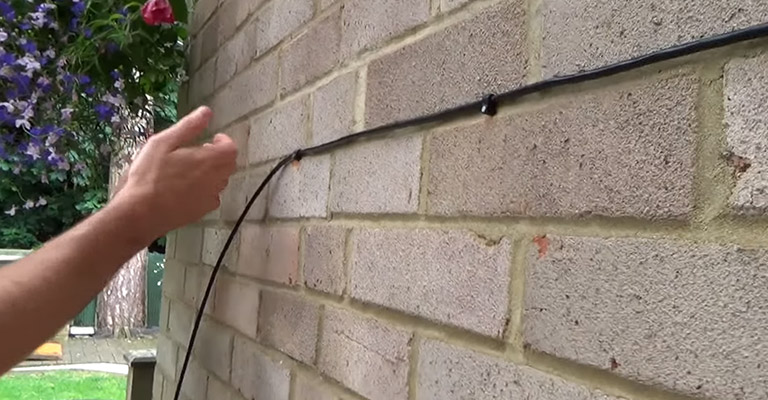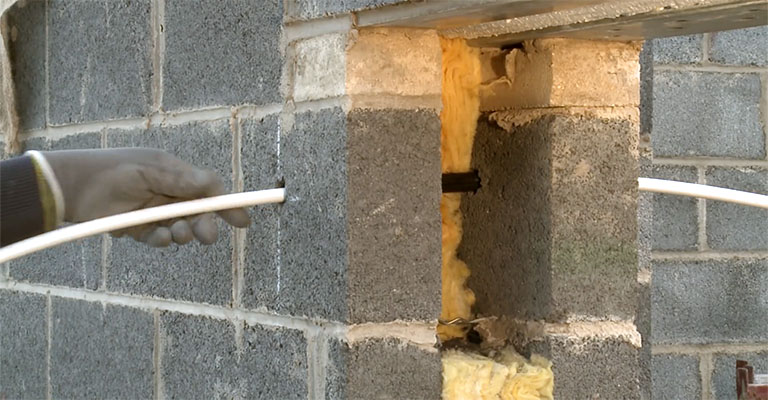How To Tee Off An Existing Gas Line
Gas lines are often needed for natural gas and other home projects. For home appliances such as stoves, ovens, and heaters, gas is commonly used. It is important to turn off the gas meter first if you are going to disconnect your existing gas line.
Sometimes homeowners need to tee off their gas line immediately even though it’s best to contact a professional to help with their gas line.
The gas line you wish to tee off must be located. You cut the gas line with a line cutter once you find the gas line. Then you connect the three outlets to it. Depending on your state, you may not be able to work on gas lines without a license, so you need to think about that first.
Gas line teeing off may seem complicated if you live in a home that uses gas. Let’s take a look at exactly how you can do that!
Easy Way To Cut Gas Lines
Make sure that the gas line is disconnected before cutting an existing line. As soon as you have determined the gas line has been disconnected, you need to decide what tool you can use to cut the pipe.
The gas must be turned off at the meter first. To tie up the gas line, find the point where it meets the line. The gas line and pipe will be uncovered, and you will use a reciprocating saw to cut the pipe, and then you will attach your three-socket tee.
For the most part, people cut pipes with metal blades. Once the pipeline is closed, you start your work 20 minutes later. For your own safety. Make sure you wear gloves for safety before you begin work so that you don’t get hurt.
Can You Tap Into An Existing Gas Line?
You can tap into an existing gas line, which might have been what you were hoping for. It is simply a matter of making sure that the gas line size is sufficient to send gas to multiple utilities.
Our recommendation is that you have a licensed professional do it since working on gas without a license is illegal in most states. You can find a licensed gas plumber who can take care of it for you.
To find out what we would do at a teeing-off point if we were doing the work ourselves, and if it is legal, you can use this step-by-step guide.
You need to talk to your local authority before you even begin in order to find out if this is okay for you to do as a DIY project.
Why Would You Want To Tee Off An Existing Gas Line?
A gas tee-off can be added for many different reasons. For example, a new gas grill or outdoor firepit may need a line attached to an existing gas line. It is important to bear in mind that not every state requires a license to work on gas lines.
These statements represent our informed opinion and should not be construed as advice from a licensed professional.
Equipment Required For Existing Gas Lines
You are going to need two sets of tools to tie off an existing gas line. These tools might be available for rent or you can borrow them from a friend if you don’t have them.
Purchasing tools may be an option if you plan on doing projects in the future. A few tools to use when tying off a gas line include:
- Gas-rated Teflon tape (yellow)
- A set of plumbing wrenches
- Pipe cutter or reciprocating saw
If you are knowledgeable about plumbing or have experience working with gas lines, then you probably already own pipe cutters and plumbing wrenches.
When working in tight spaces, reciprocating saws can be very efficient; this way you can get the job done without having to use a pipe cutter.
Use Teflon tape marked with a yellow designation if you are going to use it on gas fittings because it is safe.
Best Way To Cut Into A Gas Line
Turning off the gas before cutting into an existing line is a necessity for cutting into an existing gas line. Once you have decided what kind of tool will be used to cut the pipe, you will have to choose one.
The most common way of cutting a pipe is with a pipe cutting wrench, but if space is limited, you can use a metal blade reciprocating saw. You should wait at least 20 minutes after turning off the gas before cutting.
The gas in the pipeline is not enough to cause the line to explode when turned off, but sparks can ignite the gas vapors if the line bursts into flames. Generally, this does not pose a threat, but for your own safety, wear protective goggles and be extremely careful.
How To Tee Off An Existing Gas Line
Let’s get started since you already understand the basics and what tools are needed to tee off a gas line. Just a few steps are involved, and it shouldn’t take more than two hours to complete.
Step 1:
The gas must be turned off. A gas shutoff valve might be installed on the line you are working on, or you can shut off the gas at the meter. Your gas company can shut it off on your behalf by using the meter to shut it off.
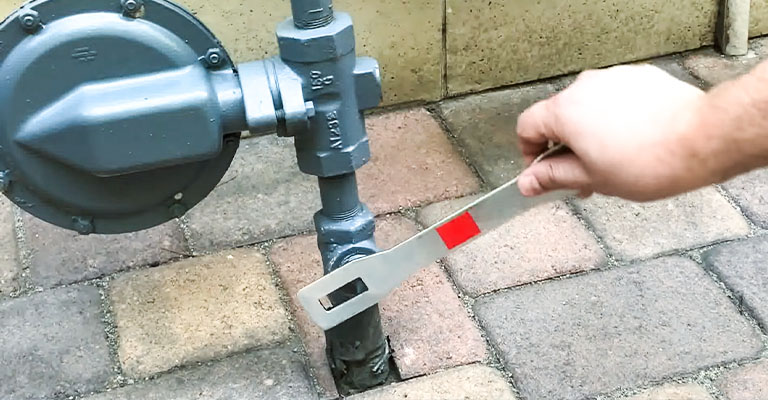
Step 2:
Let it sit for a while. Allow the gas to dissipate for approximately 20 minutes. It is possible that some vapor is left in the line, but not enough to cause an explosion.
Step 3:
Look for the line. Choose a line from which to tee off. Select the line depending on where the new line will be located, for instance near the water heater or at a gas stove. The gas lines are often tee-offs from which people add lines for gas appliances or utilities.

Step 4:
Make a cut in the pile. Pipe cutting tools or reciprocating saw blades with metal cutting blades can be used for cutting the pipe. You must rotate the pipe 360 degrees around the pipe in order to cut it.
A reciprocating saw works well if you do not have enough room. You simply cut down onto the pipe. There are two cuts to be made and about a half-inch of pipe needs to be removed. If you’re going to cut the pipe, it is easier to do it with a reciprocating saw because it is faster.
Step 5:
The socket tee should be installed. Attach the three-socket tee to the 90-degree section of the new gas line. If you are replacing an existing gas line, make sure the new pipe and the pipe tee have the same thickness. Adhere the tee to the pipe using the Teflon tape.
It’s now time to install your new appliance; you now have a pipe coming off the existing line. Depending on the type of fitting you use, you may have to thread the pipe to ensure the tee is on correctly.
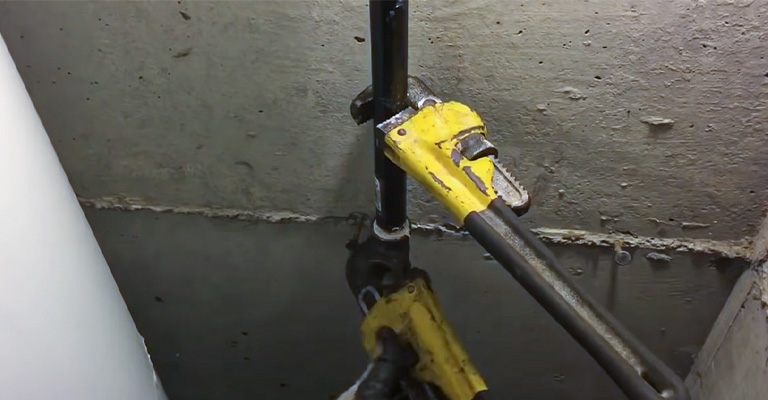
Final Words
A professional can tee off a gas line rather than risking the lives of someone. While it might cost you a lot of money, it is less costly than losing your life. Several states have laws that only permit licensed individuals to handle gas lines, as messing with gas lines can be dangerous. You also should replace the old water heater with a new one. If any of these tasks need to be done, you should speak with your local authorities to find out if it is possible for you to do it yourself. Every state has its own rules and regulations on this topic.
Tapping into an existing gas supply demands careful attention and precision to ensure safety and effective gas flow. Whether you’re branching a gas pipe to accommodate a new appliance or for other purposes, understanding how to tee off an existing gas line is crucial. Always prioritize the security of your gas line connections and be cautious of any potential gas leak. If there’s ever any doubt, consulting or hiring a licensed gas plumber is the best course of action. They have the expertise to ensure that the new gas pipe seamlessly integrates with the main gas line and that everything functions without a hitch.
While mastering the techniques to tee off from an existing pipe can save you time and money, never compromise on safety. Every component of the gas supply system, from the main gas line to the smallest connection, plays a pivotal role in ensuring a consistent and safe gas flow. Regular checks and maintenance can prevent unforeseen issues. However, when integrating a new gas pipe, always err on the side of caution and consider getting a second opinion from a licensed gas plumber to avert potential hazards.

